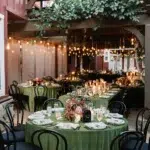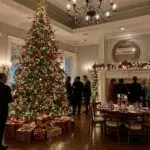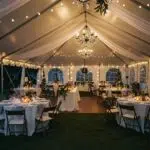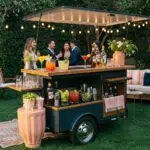Outdoor events require careful attention to comfort, ambiance, and safety. When planning a festive celebration in cooler weather or in areas with variable climate, the selection and arrangement of event rentals such as heaters and flooring can ensure that guests remain warm and safe while enjoying the festivity. Event planners and coordinators frequently search for solutions that provide both aesthetic appeal and practical benefits in creating a memorable outdoor gathering. Rental options like chair setups, patio heaters, and temporary flooring can transform a chilly evening into a warm, inviting space suitable for weddings, corporate parties, and other social events. The proper integration of high-quality outdoor heater rentals and flooring helps address concerns around guests’ comfort, space utilization, and overall security during unpredictable weather conditions. In this article, we will explore a detailed guide on planning your outdoor celebration, including how to choose the right heaters and flooring, incorporate safety measures, and work efficiently with rental companies—all while incorporating relevant industry details such as steel components, propane usage, stainless steel finishes, fuel management, spacious tent layouts, and more.
Planning Your Outdoor Celebration With Heaters and Flooring
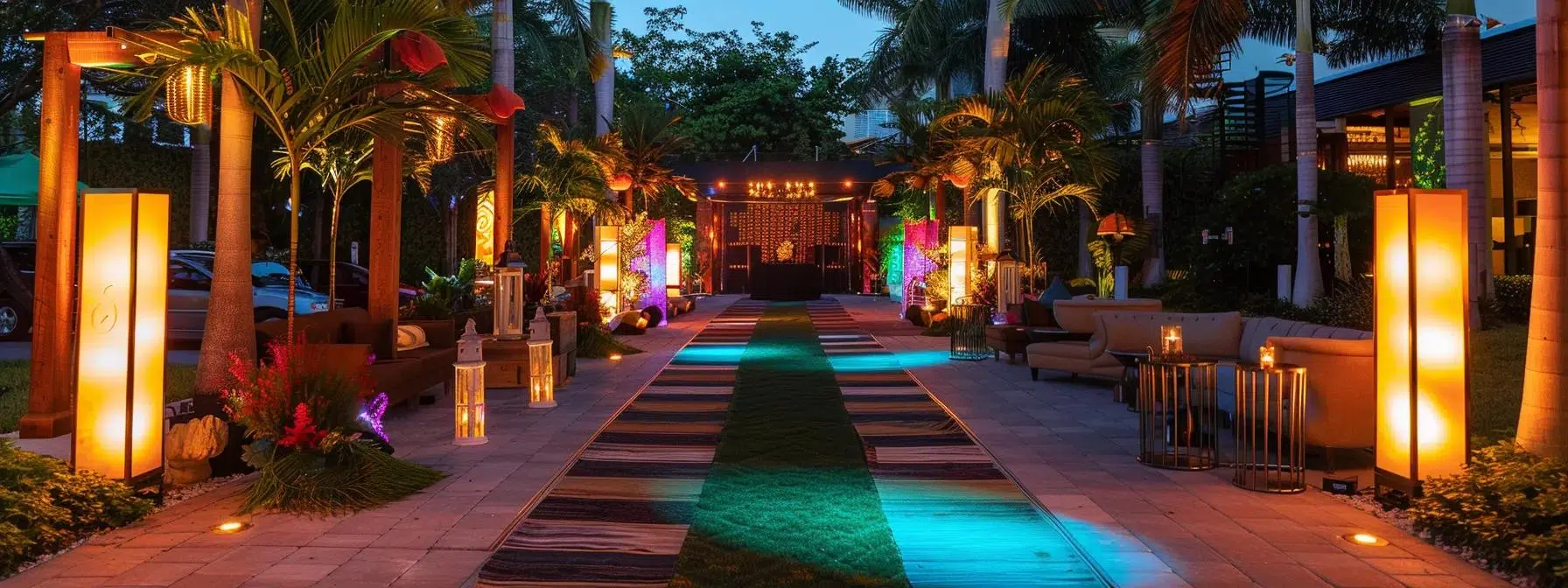
Planning an outdoor event involves multiple design and logistical considerations, including assessing the event space and determining the right heaters and flooring quantities to meet aesthetic and functional requirements. To begin with, event planners must evaluate the area available to accommodate furniture such as chairs, tables, and pathways, and then figure out the best locations for heaters to maximize heat distribution while leaving clear, accessible routes for guests. Effective planning requires carefully balancing guest comfort, convenience, and safety. For instance, ensuring that routes remain unobstructed by heater placement prevents tripping hazards, while proper flooring can also provide slip resistance in damp conditions.
The first step is to assess the event space for optimal heater and floor placement. Planners should identify potential micro-zones where the chill may be more pronounced, such as shaded areas or spots adjacent to large open spaces. Once these spaces are identified, an evaluation of heater types such as electric, propane, and natural gas varieties should be conducted to match the specific temperature management needs. Equally important is determining the type of flooring required—temporary options like interlocking deck tiles, roll-out carpet, or elevated floor systems are available based on surface conditions and the event theme. Flooring not only adds to the decor but also creates safety by providing non-slip surfaces that help prevent falls.
After the initial space assessment, determining the right type and quantity of event rentals is crucial. This includes estimating the heater output (BTU ratings) needed per square meter and matching that with the expected ambient conditions. Planners may also need to estimate the total square footage that requires temporary flooring and then select materials that are durable and suitable for varying weather conditions. Additionally, the conversation needs to cover heating-energy sources such as propane tanks versus electric supply, and any potential noise or ozone emissions that might affect the ambiance. Weather contingencies should be considered as well—having backup options like indoor tents or additional heaters can be beneficial during sudden drops in temperature.
Creating a layout plan for guest comfort and flow brings everything together. The design should integrate seating areas, heating zones, and dance floors if required. For instance, designated “warm zones” near heaters with appropriately installed temporary flooring can create comfortable congregational areas while also maintaining clear pathways for guests. Budgeting for these rentals should include not only the daily rental cost but also considerations for delivery, installation, and removal fees. Tracking the costs against the overall event budget is essential to ensure that the final setup meets both aesthetic and financial expectations.
Selecting the Ideal Outdoor Heaters for Your Festive Event
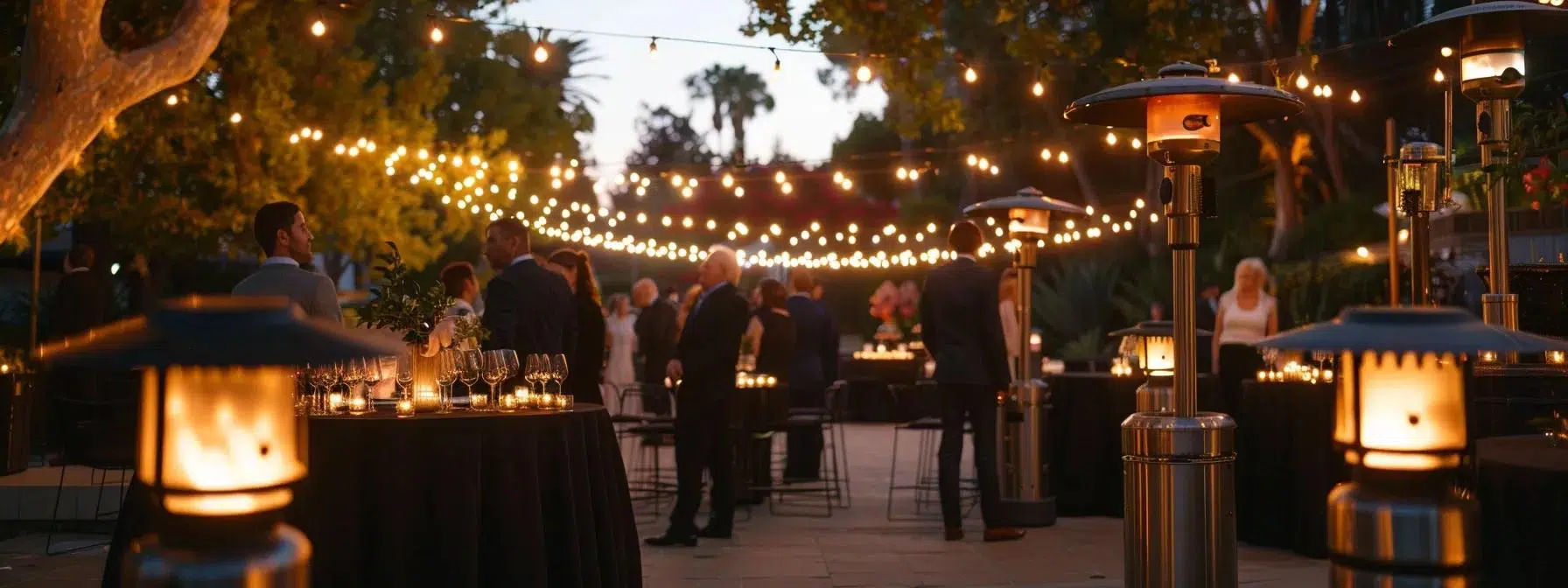
When it comes to selecting the right outdoor heaters, understanding the differences between electric, propane, and natural gas options is essential. Each heater type has unique characteristics that make it more or less suitable for varying outdoor settings and event requirements. Electric heaters offer a quieter operation and can often be integrated into the overall decor with stylish finishes. However, while propane and natural gas heaters generate significant heat output, they require careful attention regarding fuel storage, ventilation, and safety measures.
When comparing heater types, event planners should first consider the venue’s infrastructure and power availability. For larger events where heavy-duty heating is required, propane heaters are popular due to their portability and high heating capacity. Propane heaters are typically fueled by tank systems and deliver a robust heat output quickly, which is key during colder evenings. In contrast, electric heaters might be preferable when noise reduction and ease of control are priorities, though they may need nearby power sources and may have limitations in extreme weather conditions.
Understanding different heater styles such as patio, tent, and radiant heaters is also crucial. Patio heaters, for example, are designed to be both functional and aesthetically pleasing, often featuring stainless steel or decorative facades that complement modern outdoor décor. Tent heaters are typically used when an event takes place in a covered area, ensuring safety by reducing the risk of fire hazards while still providing ample warmth. Radiant heaters work by directly warming people and objects, making them ideal for events where guests gather closely together to enjoy conversation and dining.
Calculating heater coverage for your outdoor space involves determining the square footage that must be heated and matching this against the output ratings provided by manufacturers. The output is usually given in BTUs (British Thermal Units) which helps in estimating how many heaters are required to cover a given space without leaving cold spots. Planners should also pay close attention to safety precautions when using these heaters, particularly regarding the distance between the heaters and combustible materials such as temporary flooring, decor, or even certain types of chair fabrics. Manufacturers typically advise maintaining a safe distance between the heater and any flammable materials, and these distances can vary depending on the model and fuel type.
Enhancing ambiance with stylish outdoor heating solutions means selecting heaters that not only warm but also contribute to the event’s aesthetic. For example, heaters with sleek stainless steel designs or those encased in decorative covers can add a modern chic look to a wedding or corporate celebration. It’s important to consider both the visual appeal and the technical efficiency of the rented heating options.
Choosing Appropriate Outdoor Flooring Rentals for Celebrations
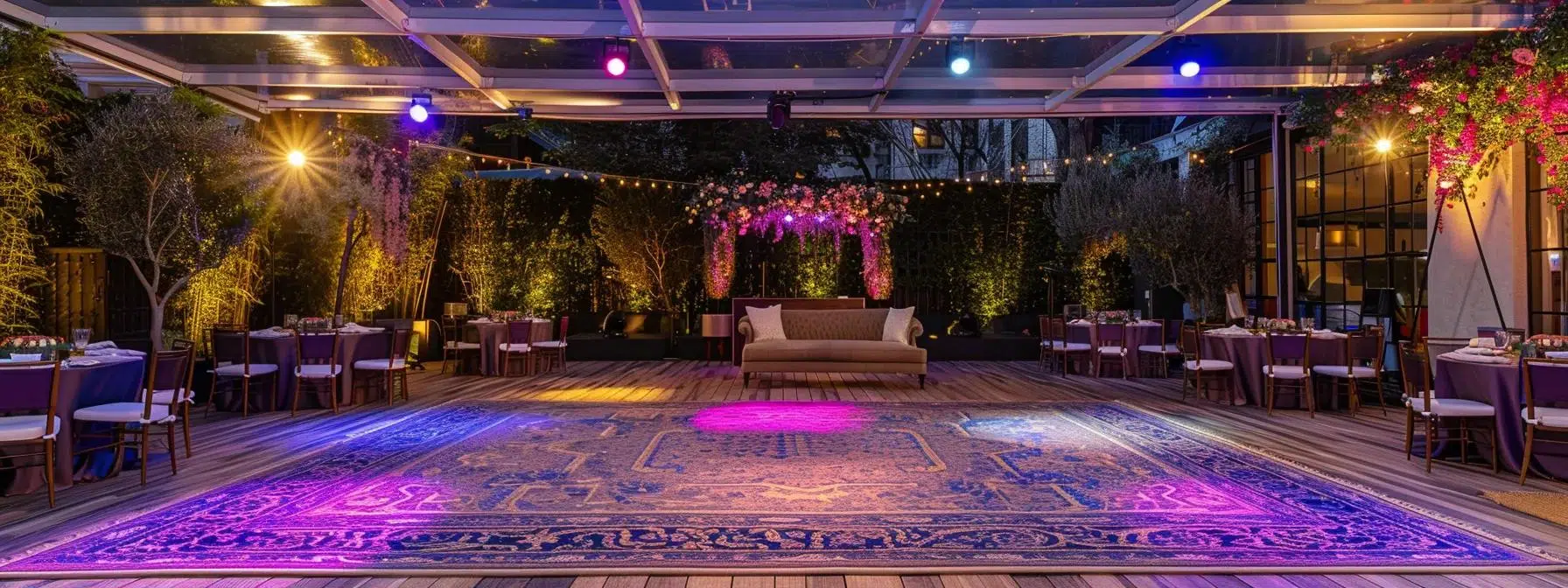
When planning an outdoor celebration, choosing appropriate temporary flooring is as critical as selecting the perfect heater rentals. Temporary flooring solutions can dramatically transform an outdoor space, addressing issues such as uneven terrain, wet conditions, and potential safety hazards, while simultaneously boosting the event’s decorative appeal. Event planners have multiple flooring options—from interlocking tiles to carpet runners and dance floors—that offer both practical benefits and design versatility.
Exploring temporary flooring options for various surfaces is the first step. Not all outdoor areas require the same type of flooring; for example, grassy lawns, gravel, or uneven surfaces call for different installations. Interlocking deck tiles made from high-grade, durable materials such as recycled plastics or treated wood provide a stable surface that is slip-resistant. In scenarios where aesthetics are paramount, such as weddings or upscale corporate events, luxurious carpeted flooring or modular dance floors can elevate the event experience. These flooring types offer benefits like comfort underfoot, excellent visual appeal, and reduced noise levels, which is especially necessary during performances or speeches.
Matching the flooring style to your festive celebration theme is another major consideration. For a rustic outdoor wedding, wooden flooring alternatives or faux stone options can complement the natural surroundings while ensuring guest safety. Conversely, contemporary events might benefit from sleek, modern flooring solutions that reflect light and add to the ambiance. Options such as polished concrete or high-gloss vinyl planks can be arranged to mimic high-end interior materials at a fraction of the cost. Furthermore, customizable flooring designs can be a unique opportunity for branding if the event requires logos or thematic patterns to be embedded into the floor layout.
Ensuring stability and safety with your outdoor flooring choice is paramount. Temporary flooring should be tested for weight capacity, durability, and resistance to weather conditions. For instance, during rainy seasons the flooring must swiftly manage water drainage without compromising the floor’s integrity. In addition to safety, the flooring should also minimize the risk of slips and falls by providing a textured, non-slip surface. This aspect is especially crucial when combining heated areas with flooring, because the heat can sometimes lead to condensation that makes surfaces slippery.
Considering dance floors and other specialty event flooring rentals adds another layer of planning. Many indoor dance floors are unsuitable for outdoor settings due to weather vulnerabilities, so options such as portable, high-grade dance floors or modular flooring systems designed for social events can create an engaging focal area. Planners should examine the installation and removal process for temporary outdoor flooring. Ideally, the flooring should be easy to install, dismantle, and transport, reducing both labor and logistical complexities on the day of the event.
Integrating Heaters and Flooring for a Cohesive Outdoor Event Setup
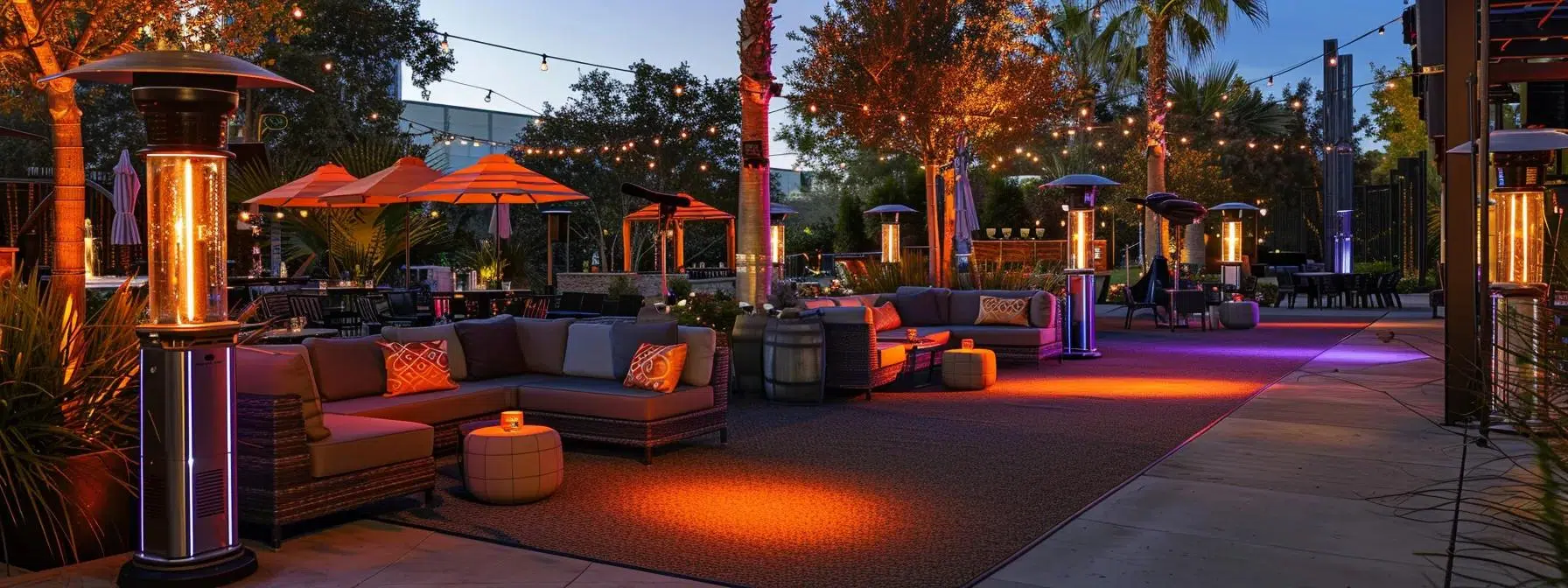
Integrating outdoor heaters with temporary flooring rentals requires careful coordination to ensure that both elements enhance guest comfort without interfering with each other. The first consideration is coordinating heater placement with the flooring layout. When positioning electric or propane heaters, event planners should ensure that the heaters do not obstruct access or create trip hazards. Ideally, heaters should be placed in designated warm zones that align with the seating areas or activity hubs created on the temporary flooring. This strategic placement not only improves heating efficiency but also enhances overall guest flow throughout the venue.
Ensuring safe distances between heaters and flooring materials is a critical component in this integration. Heaters can generate significant radiant heat, and if placed too close to certain flooring types—especially those made of combustible materials—they pose a fire risk. Manufacturers typically specify a minimum clearance distance (often between three to six feet) to prevent overheating and potential fire hazards. Planners must refer to these guidelines and coordinate with rental providers to verify that the approved layout meets safety standards. In addition, careful attention must be paid to the power requirements and cable management when electric heaters are used. Running extension cords or power cables across temporary flooring should be done in a manner that minimizes tripping and damage to the flooring surface.
Creating comfortable zones with strategic heater and flooring combinations creates an inviting event atmosphere. For instance, in a wedding reception held outdoors, tables and seating can be arranged near radiant heaters placed on interlocking deck tiles that mimic a polished indoor surface. In contrast, a corporate outdoor party might benefit from open lounge areas where heated seating arrangements are interspersed with temporary dance floors. Ensuring that each zone has clearly marked and unobstructed paths further contributes to both the aesthetic and functional quality of the event.
Power management is another important factor when integrating heaters with other temporary installations. Electric heaters and any associated lighted flooring may have specific power requirements, which should be calculated in advance to prevent overloading circuits or having insufficient power supply. Planners should engage with rental companies early in the process to discuss power distribution, generator availability, and any necessary on-site technical support. This integration, when done correctly, results in a cohesive outdoor celebration space where warmth, visual appeal, and safety coexist harmoniously.
Aesthetic considerations also play a significant role in the overall design of the outdoor event space. Combining modern heater designs with stylish temporary flooring options can create a visually appealing setup that is both functional and memorable. For example, heaters with stainless steel finishes that match the décor elements on the flooring can provide a seamless continuity of style, reinforcing the event’s theme. Additionally, the careful selection of color schemes and textures can help highlight key areas of interaction, thus guiding guests naturally through the space.
Working With Outdoor Event Rentals Heaters and Flooring Companies
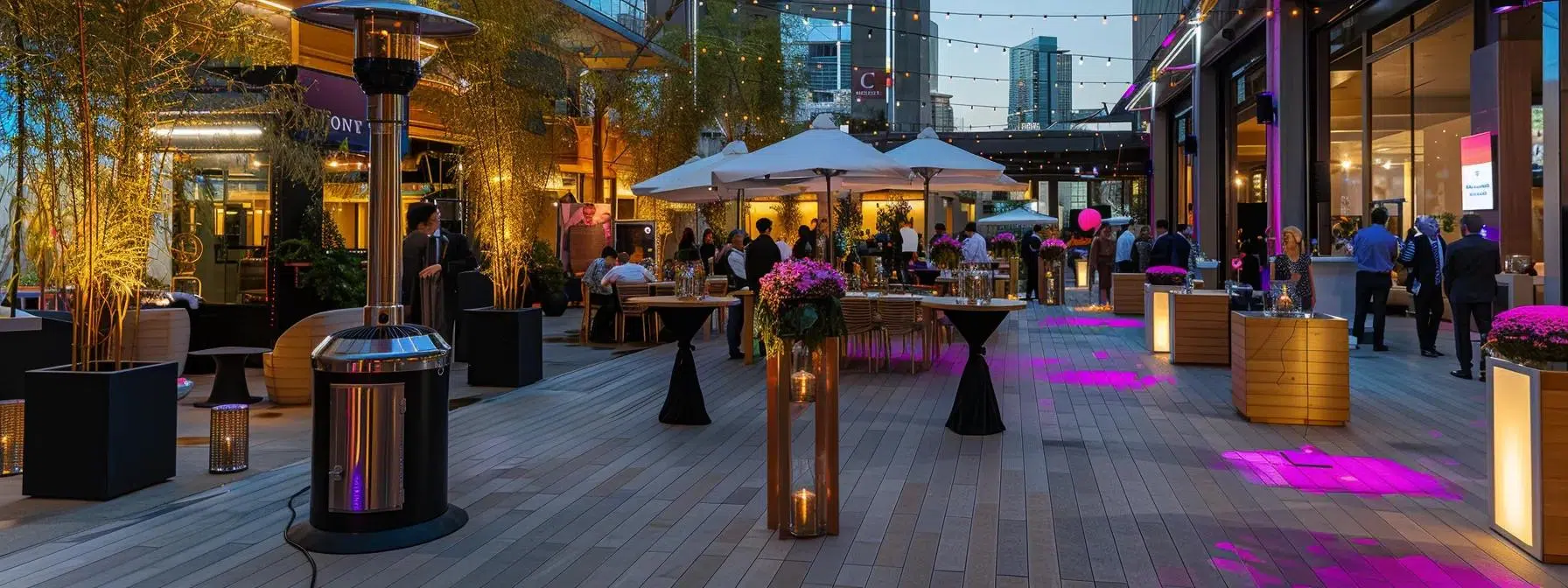
Working with experienced rental providers is vital for a successful outdoor event. Researching and selecting reputable rental providers ensures that planners receive high-quality outdoor heater rentals, temporary flooring, and related event essentials that meet both technical and aesthetic requirements. Reliable providers often offer package deals that bundle heaters, flooring, lighting, and other rentals, which can significantly reduce logistical challenges and yield cost savings. Establishing a strong partnership with a rental company guarantees that delivery, setup, and pickup are seamlessly executed on the scheduled event day.
Understanding rental agreements, delivery, and setup services is an essential part of this phase. Rental agreements should clearly outline the cost structure, duration of the rental, and any extra fees related to installation or removal. It is advisable for event planners to review these agreements thoroughly, ensuring there are no hidden charges and that all services, such as on-site technical support for heaters and secure installation of flooring, are well documented. Providers with flexible scheduling and customer support services tend to be more valuable because last-minute changes may be necessary as events are dynamic by nature.
Inquiring about package deals for heaters, flooring, and other event essentials can lead to significant savings and streamlined coordination. Many companies offer bundles that include discounts when multiple items are rented together, leading to a cohesive design where all components are matched both aesthetically and functionally. Additionally, renting from an established company usually means that the equipment is well-maintained, thoroughly inspected, and replaced if necessary, mitigating the risk of malfunction or safety issues during the event.
Another critical element is scheduling delivery and pickup for your outdoor event rentals. Coordination between the event planner, rental provider, and on-site management must be tight so that installation is completed well before guests arrive and removal is executed promptly post-event. Communication is essential, and it helps to have direct contact with the rental company to address any unforeseen issues on the day of the celebration. In the case of outdoor events where the weather may be unpredictable, rental companies that provide rapid support or emergency backup options become particularly valuable.
Addressing potential issues and support from the rental company can make or break an event. Common issues include delays in delivery, malfunctions during operation, or damages to rented equipment due to unpredictable weather conditions. Reliable companies often have a proactive approach to these potential challenges by offering contingency plans, on-call support, and clear instructions for emergency repairs. Ensuring that the rental provider has a well-established reputation in the industry and positive customer testimonials can boost confidence among planners.
Maximizing Guest Comfort and Enjoyment at Your Festive Outdoor Celebration
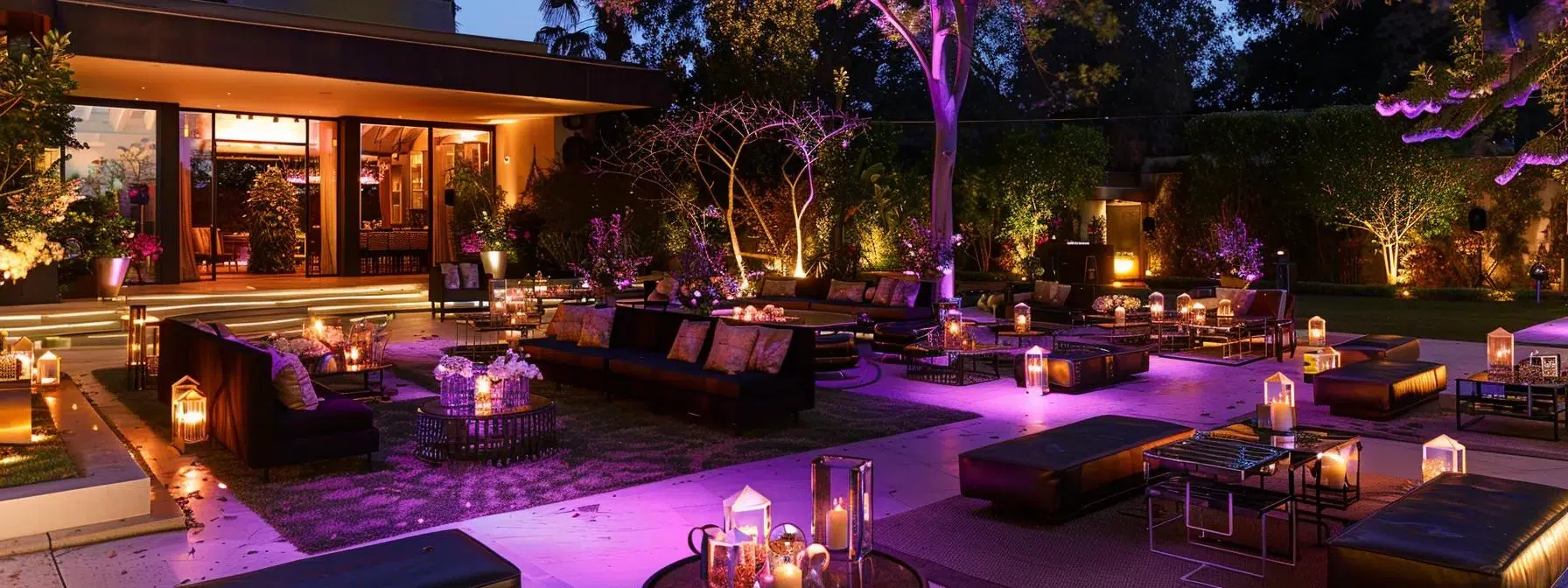
Maximizing guest comfort and enjoyment is at the heart of planning any successful outdoor celebration. The integration of heaters and temporary flooring should prioritize the creation of an environment that feels both inviting and secure. Arranging seating and amenities around heated and floored areas is a practical way to boost overall guest satisfaction. Seating areas should be positioned close to designated warm zones where outdoor heaters create a comfortable microclimate while ensuring clear pathways that connect key areas such as the stage, food service, and dance floor.
Incorporating lighting and decor with your heaters and flooring further enhances the ambiance. Strategically placed lighting can highlight the textures and designs of temporary flooring while also ensuring that the outdoor space is well-lit for safety. Ambient lighting fixtures, when combined with the warm glow of heaters, create a cozy atmosphere that encourages social interaction and relaxation. Moreover, decor elements such as stylish furniture, decorative table settings, and even special installations like marquee tents contribute to an upscale, memorable celebration.
Outdoor flooring must provide clear pathways and accessibility for both functional and safety reasons. Temporary flooring should be installed in a way that not only looks attractive but also supports traffic flow. Wide walkways and clearly delineated zones help guests navigate between areas without the risk of tripping or crowding. Furthermore, accessible routes must be designed for the elderly and disabled guests, ensuring that everyone can enjoy the event without barriers.
Communicating comfort measures to your guests enhances their overall experience. Information regarding the location of warm zones, seating arrangements, and any additional amenities (such as portable restrooms or refreshment stands) should be clearly communicated via signage or pre-event messaging. When guests feel that their comfort and security are prioritized, satisfaction levels and positive word-of-mouth reviews increase significantly. This attentiveness can distinguish between an average gathering and a truly exceptional event.
Gathering feedback for future outdoor event planning is an integral step after the celebration. Post-event surveys or direct guest feedback can provide valuable insights into what worked well and which areas may need improvement. This continuous loop of feedback ensures that future events benefit from lessons learned. Notably, combining aesthetic elements like modern heaters with practical installations such as non-slip flooring experiences can yield design insights applicable to a wide range of events—from corporate gatherings to festive weddings.
Frequently Asked Questions
Q: How can outdoor heaters improve guest comfort during chilly events?
A: Outdoor heaters, whether propane, electric, or natural gas, provide targeted warmth that creates comfortable zones for guests. By strategically placing heaters near seating or dining areas, event organizers ensure that guests remain warm without sacrificing safety. Studies have shown that proper heating can reduce discomfort and improve overall guest satisfaction at outdoor events.
Q: What factors should be considered when choosing temporary flooring for outdoor events?
A: When choosing temporary flooring, considerations include the type of surface (grass, gravel, uneven terrain), durability, slip resistance, and aesthetic appeal in relation to the event theme. Additionally, planners should consider ease of installation and removal as well as the flooring’s ability to handle weather conditions to ensure guest safety and event success.
Q: How do I calculate the number of heaters needed for my outdoor event? A: The number of heaters required is determined by calculating the area’s square footage and matching that with heater BTU ratings. For example, if an outdoor space is 1,000 square feet, planners should consult manufacturer guidelines to ensure that the combined BTU output of the selected heaters effectively covers the area without leaving cold spots. It is also advisable to add a margin for extreme conditions.
Q: Can temporary flooring and outdoor heaters be installed together safely?
A: Yes, they can be safely integrated, provided that proper clearance is maintained between heaters and the flooring. Following guidelines on safe distances (typically three to six feet) and ensuring secure cable management for electric heaters prevents overheating or fires. When coordinated properly, this integration enhances both the aesthetic appeal and functionality of the event space.
Q: What should I look for in a reputable outdoor event rental provider?
A: A reputable rental provider should offer well-maintained, high-quality equipment along with clear rental agreements, reliable delivery, installation, and pickup services. It is important to inquire about package deals that bundle heaters and flooring for consistency in design and cost savings. Additionally, positive customer testimonials and proven technical support can provide assurance for a successful event.
Final Thoughts
Setting up an outdoor celebration successfully involves a well-coordinated plan that seamlessly integrates heaters and flooring to create a safe and inviting environment. By assessing the event space, selecting the appropriate rental equipment, and working closely with reliable providers, planners can maximize guest comfort and enhance the overall experience. Attention to factors such as safety clearances, aesthetic integration, and strategic layout planning ensures that the event is both beautiful and functional. With continuous learning from guest feedback and industry best practices, future celebrations can become even more enjoyable and stress-free.

